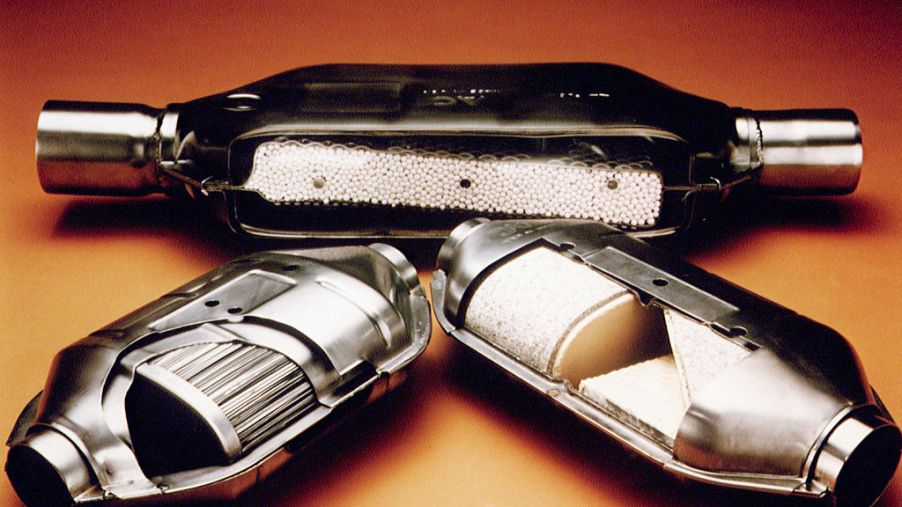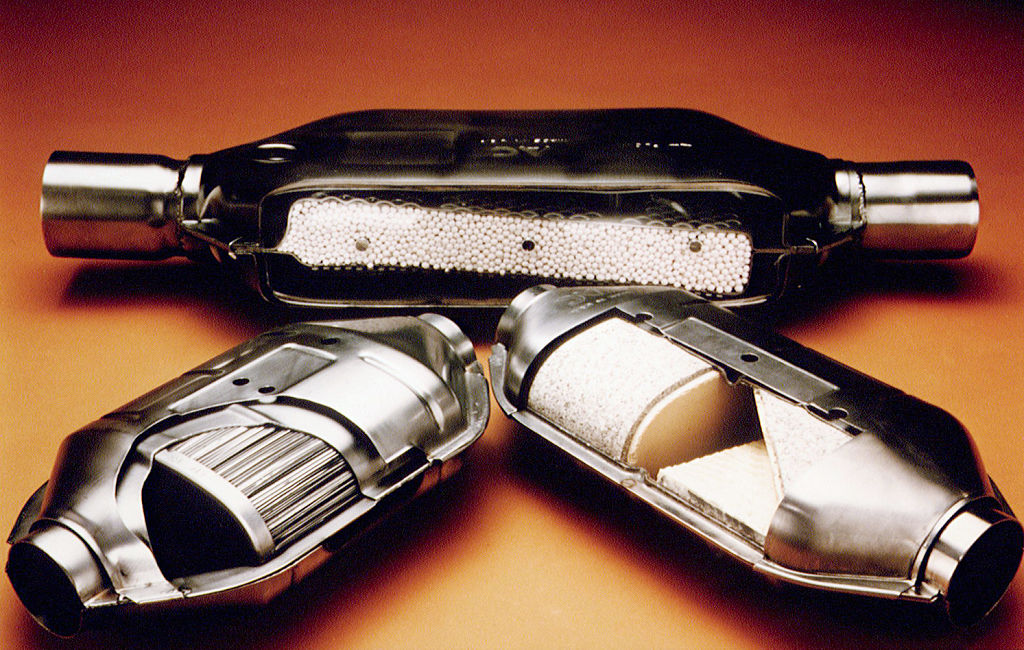
What Is a High-Flow Catalytic Converter?
When it comes to modifying your car, you’re probably familiar with adding an aftermarket, free-flowing intake, larger headers, and an exhaust system with larger piping in order to gain more horsepower. But have you thought of modifying the catalytic converter to a high-flow unit?
What does a catalytic converter do?
Every car has a catalytic converter, in fact, a lot of newer cars and SUVs have more than just one. The catalytic converter is part of the car’s exhaust system and is typically located in between the exhaust system and the exhaust manifold, although some are located directly on the manifold itself. The reason the catalytic converter is so important is that it is part of the car’s emission control system and reduces the number of harmful emissions that your car puts out into the air.
The way it works is simple: As the exhaust gasses travel out of the engine and through the manifold, they then go through the catalytic converter and come in contact with a chemical catalyst, typically made from platinum or palladium. The catalyst then reduces the exhaust gasses to less harmful substances like carbon dioxide and water.

How does a high-flow catalytic converter work?
A high-flow catalytic converter functions similarly to a normal catalytic converter but is tasked with catalyzing the exhaust flow at a quicker pace. Just like a normal catalytic converter, a high-flow unit uses a honeycomb design to filter the exhaust gasses, so in order to the job at a quicker rate, a high-flow catalytic usually has a larger cross-section of the honeycomb material in it or uses larger passages so that more gasses can flow through it.
High-flow catalytic converters with larger passages typically have more of the catalytic material in them in order to quicken the reaction. If you’re planning to add a high-flow catalytic converter to your car, be sure to check on the emissions laws in your state first to ensure that you’re in compliance with the law.
Do high-flow catalytic converters add more horsepower?
Adding a high-flow catalytic converter to your car can add horsepower since it does free up the exhaust flow overall. However, it’s usually recommend as final piece to your exhaust system, especially if your car is making at least 20 percent more horsepower. According to Euro Sport Tuning, adding a high-flow catalytic converter is ideal if your car is turbocharged, supercharged, or otherwise heavily modified, as the extra air flow can aid in adding more power.
But if your car is otherwise stock, then adding a high-flow catalytic converter might not do much of anything since your car’s stock exhaust system is made to handle the stock power output, to begin with. The stock catalytic converter might be restrictive, but it’s still put there for a good reason: To help keep the environment clean. So be sure to check with your emission laws before modifying your car’s emission system, especially if it has to do with the catalytic converter.



